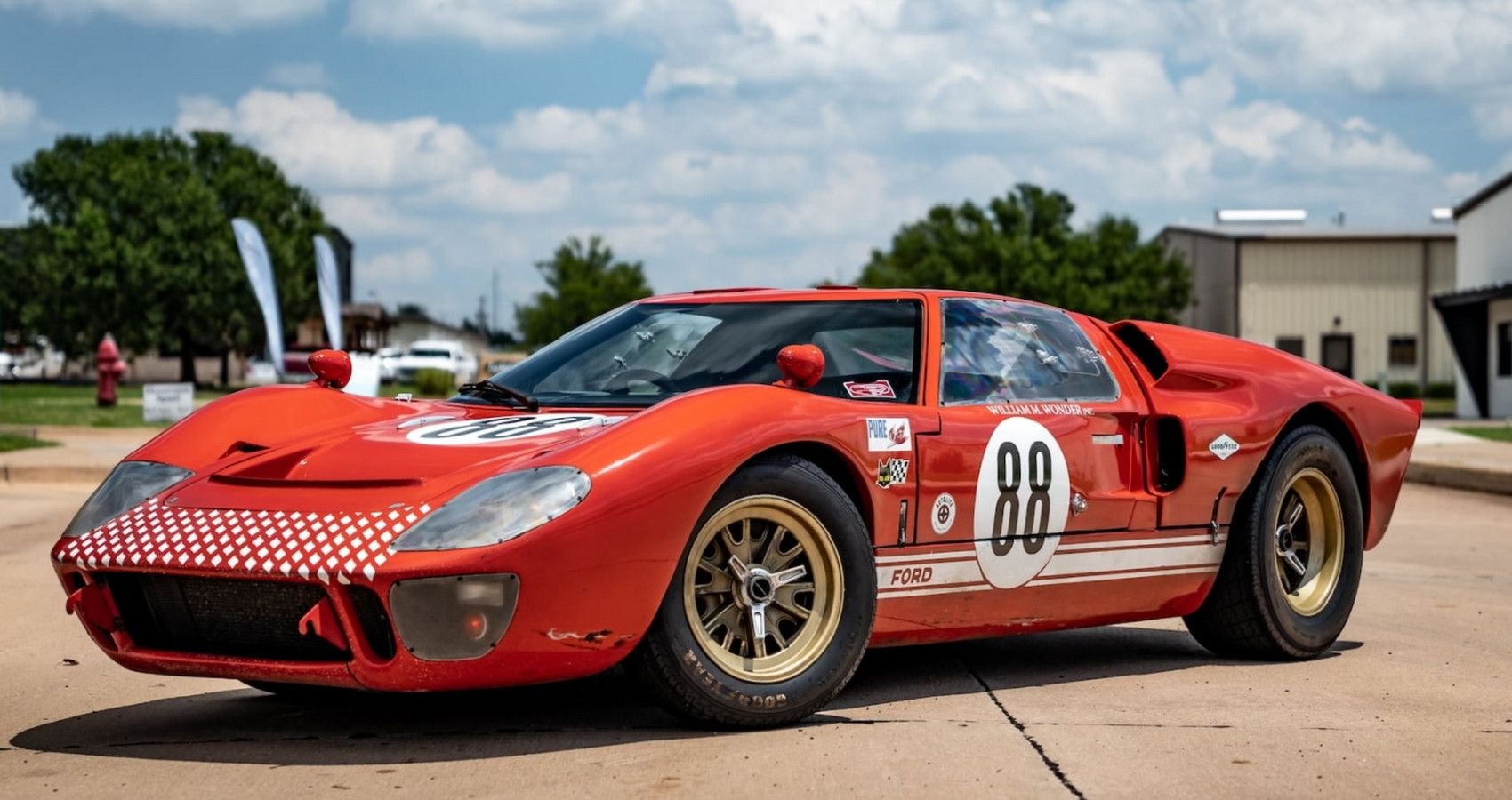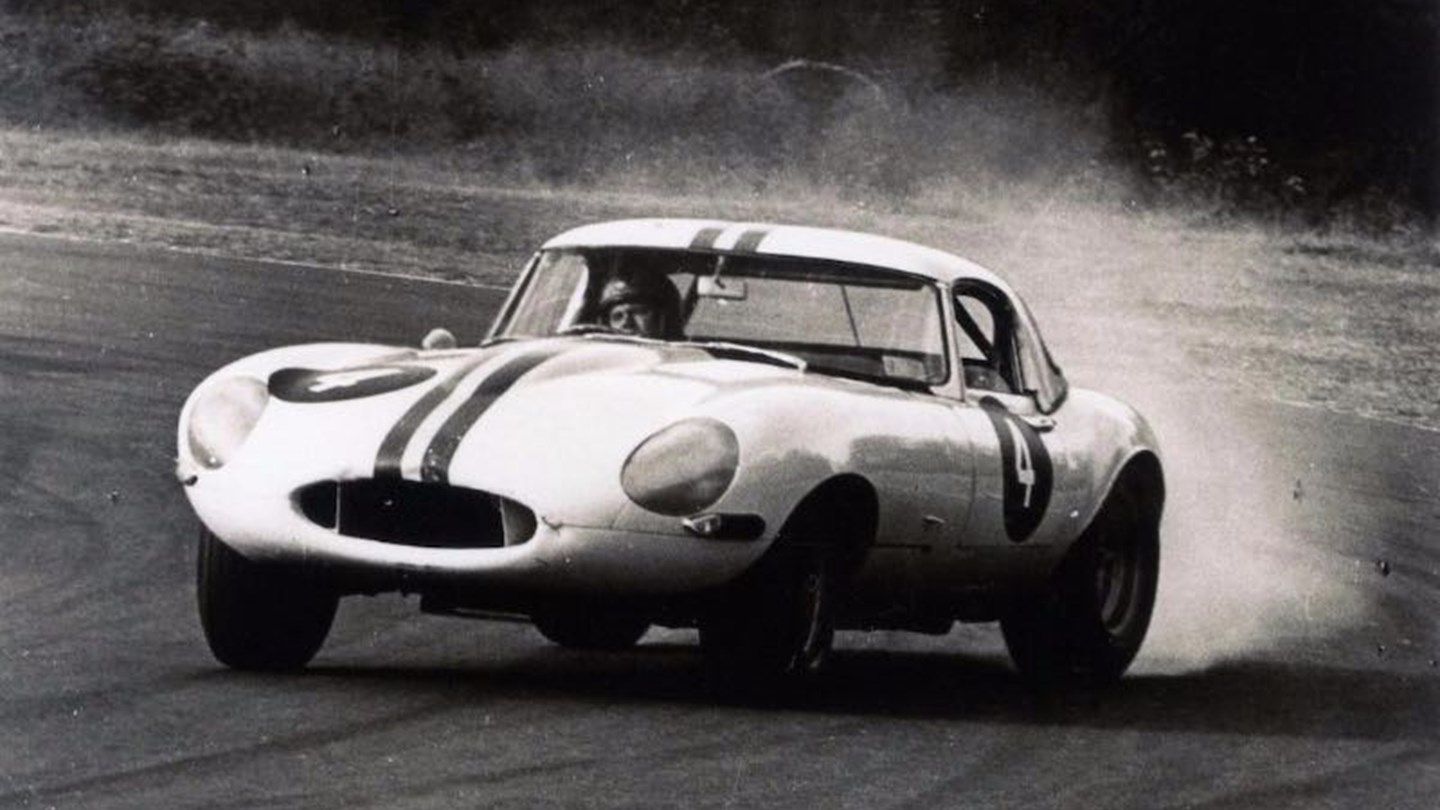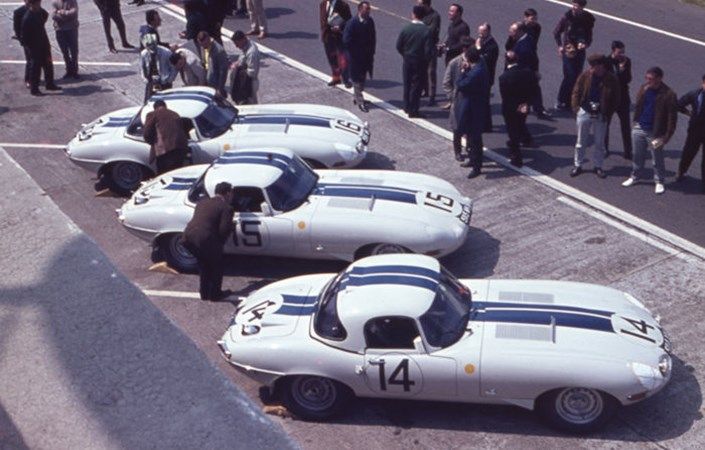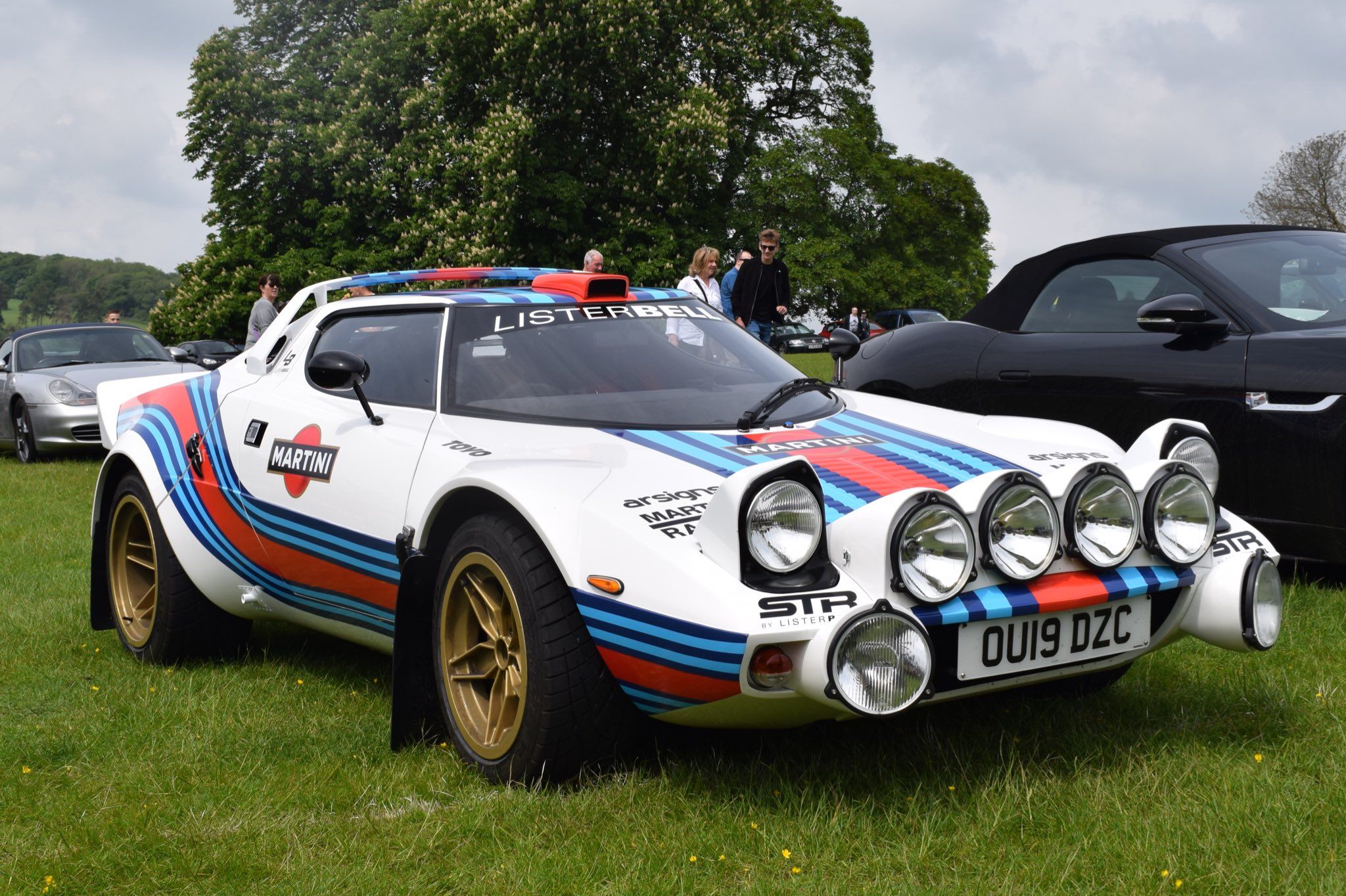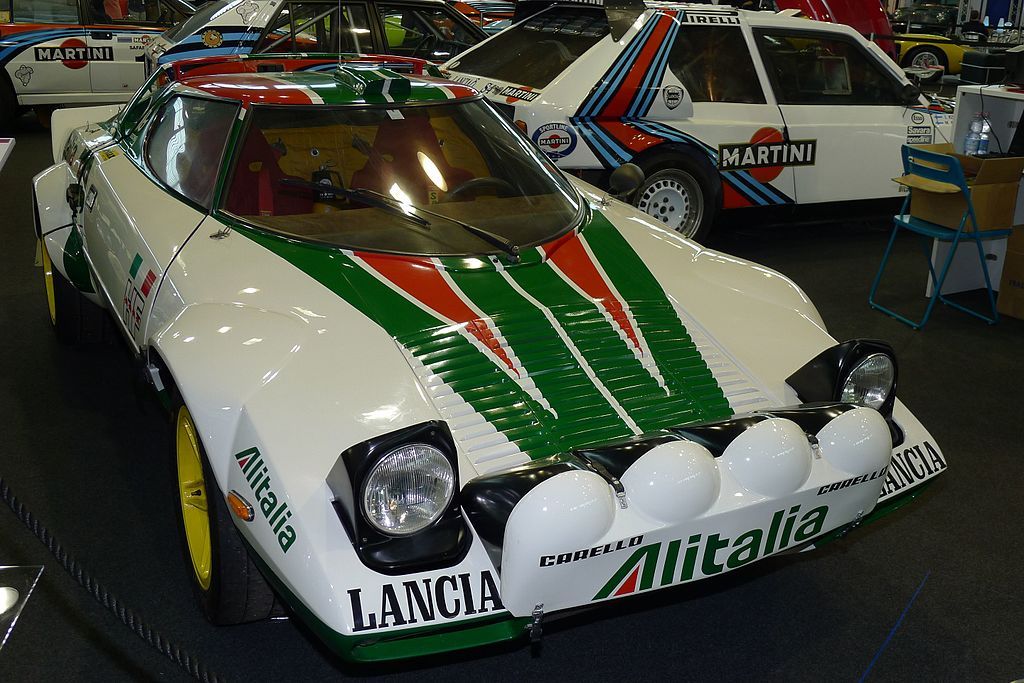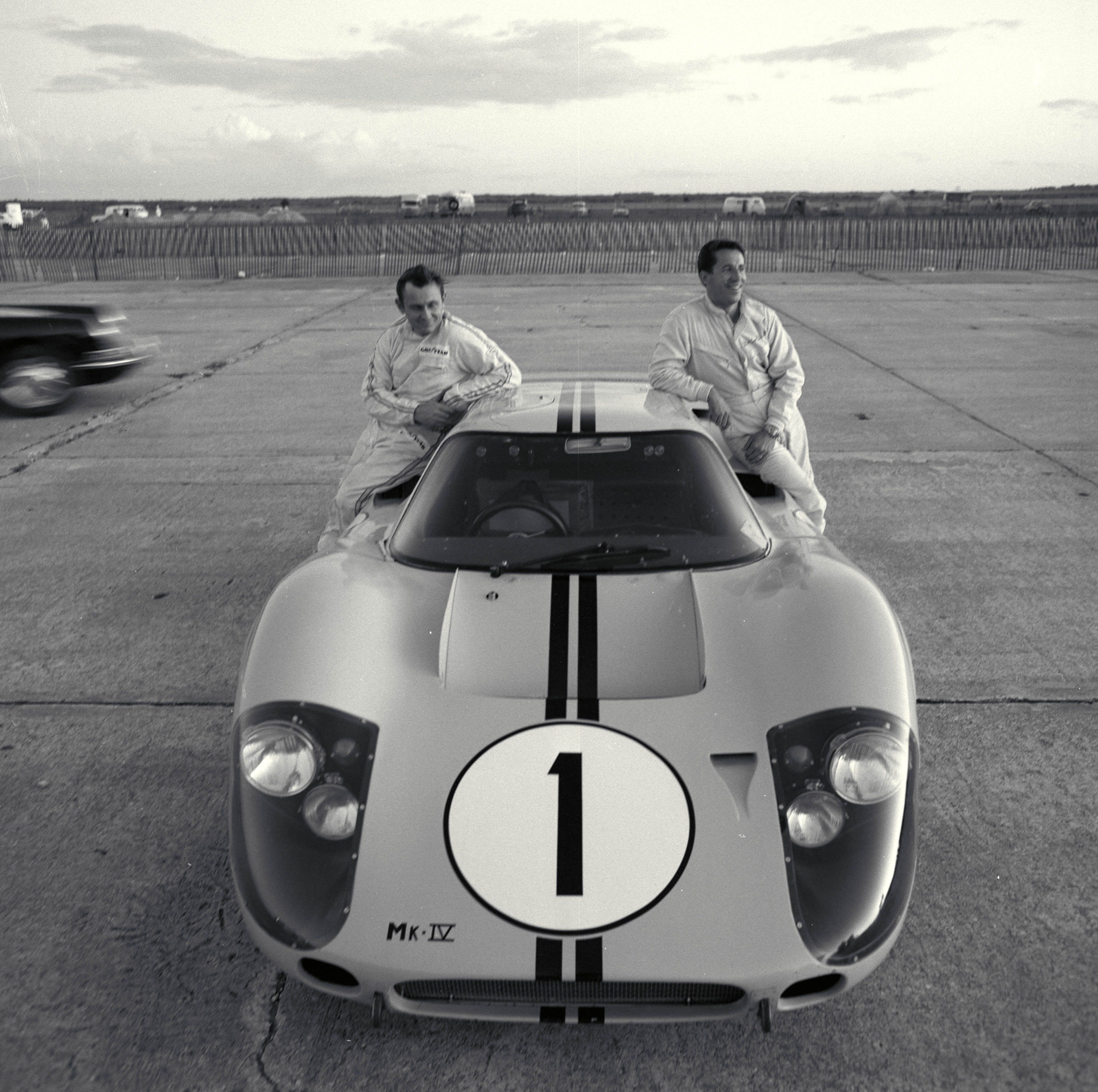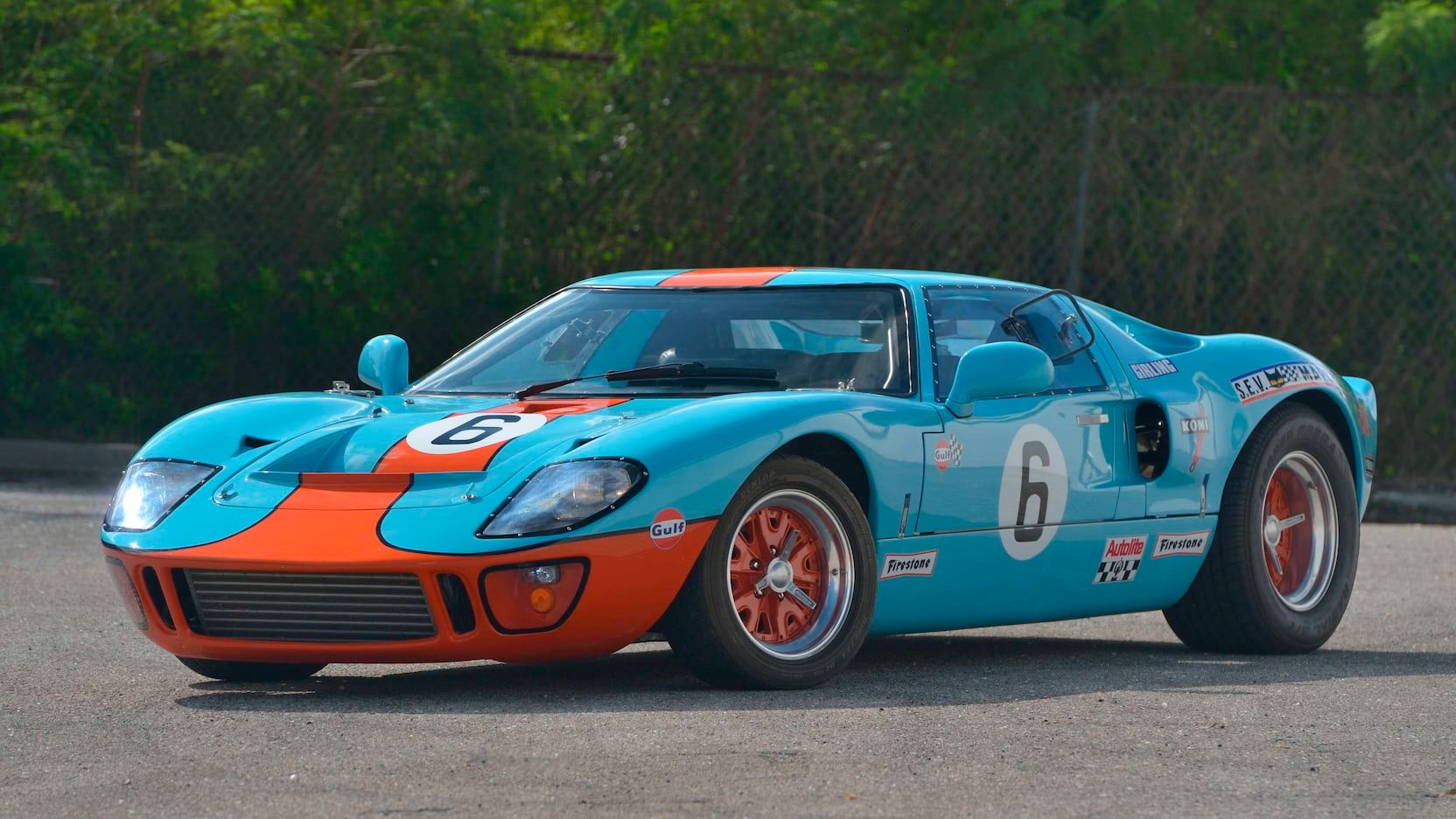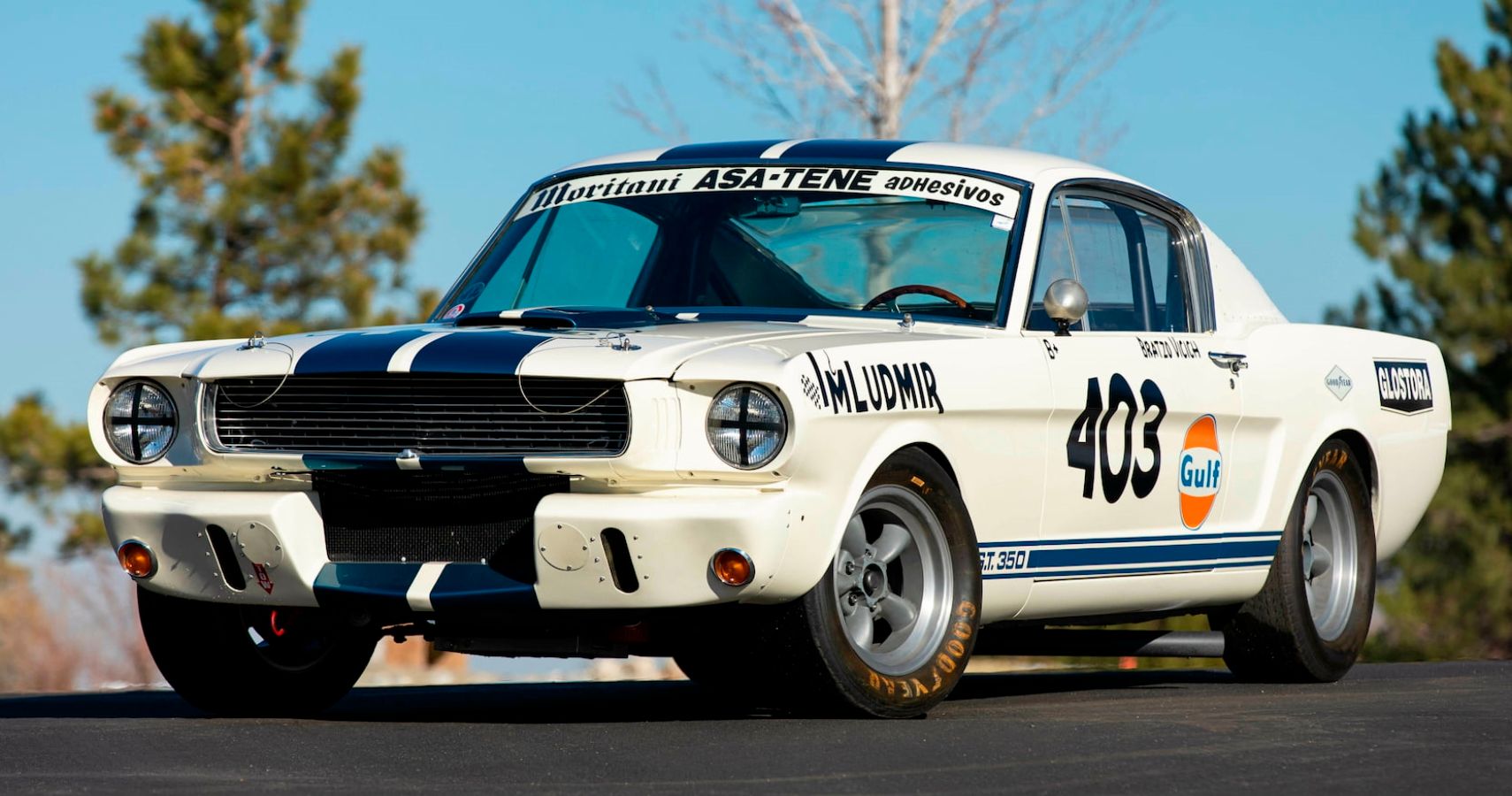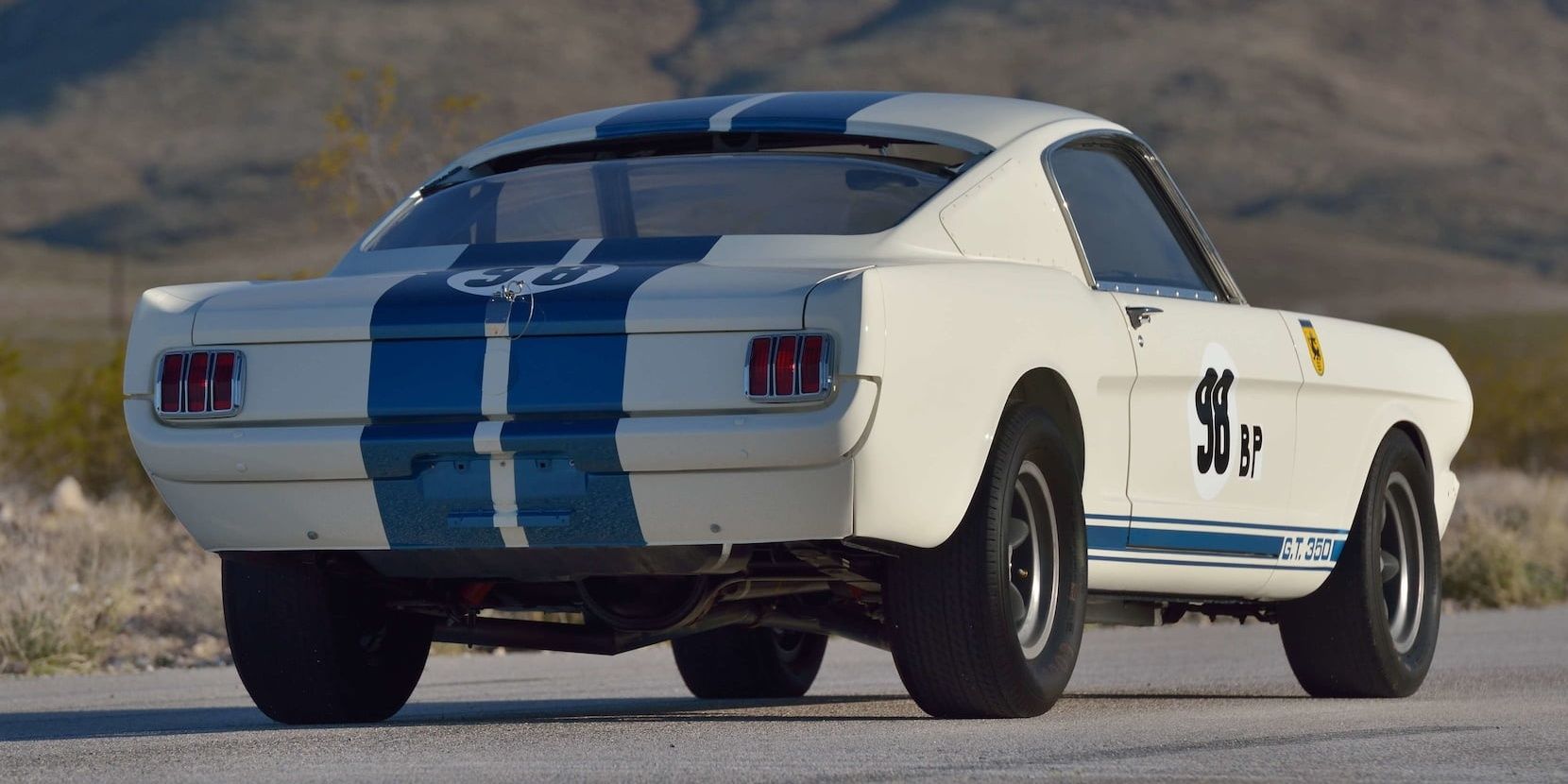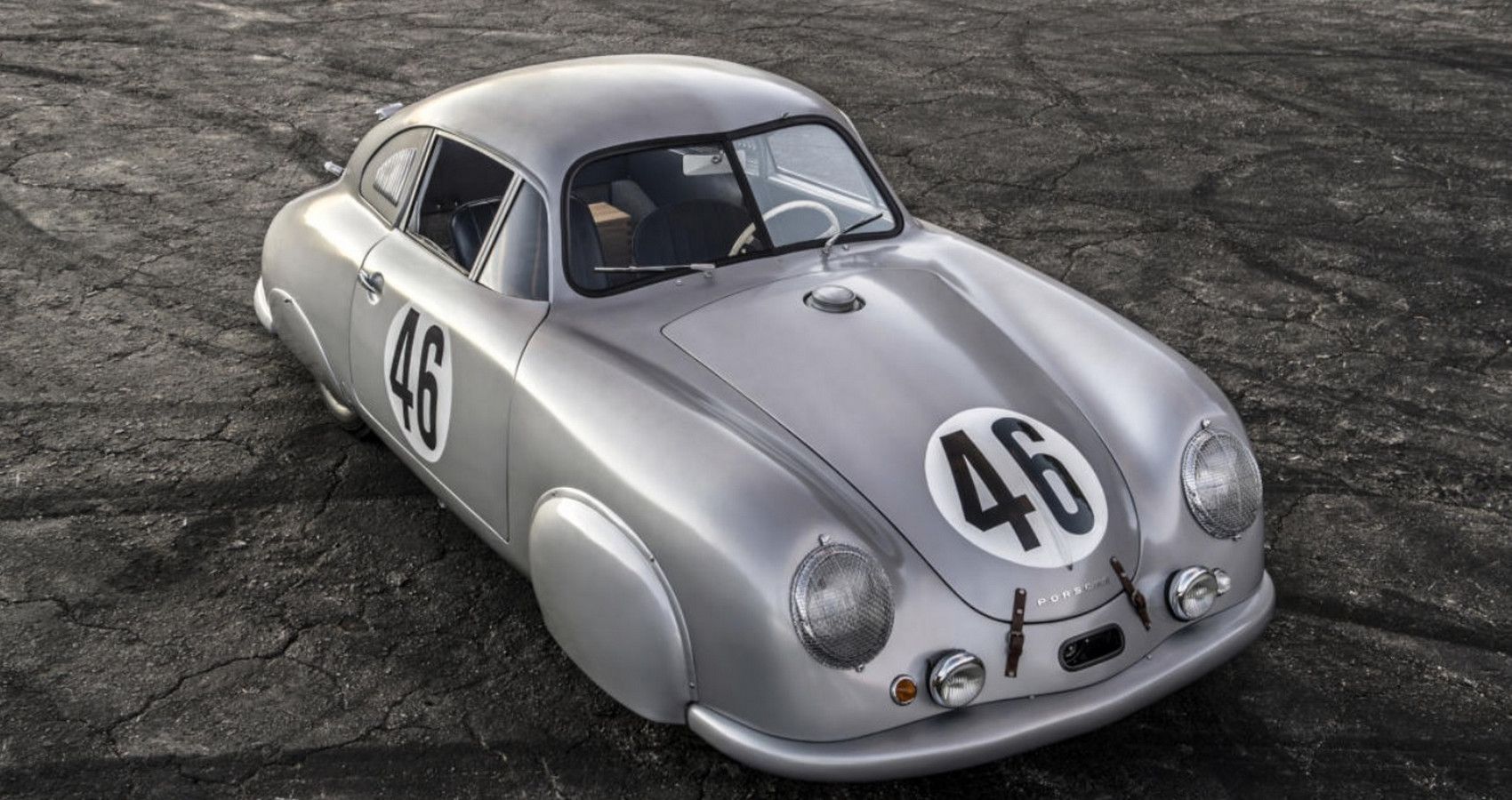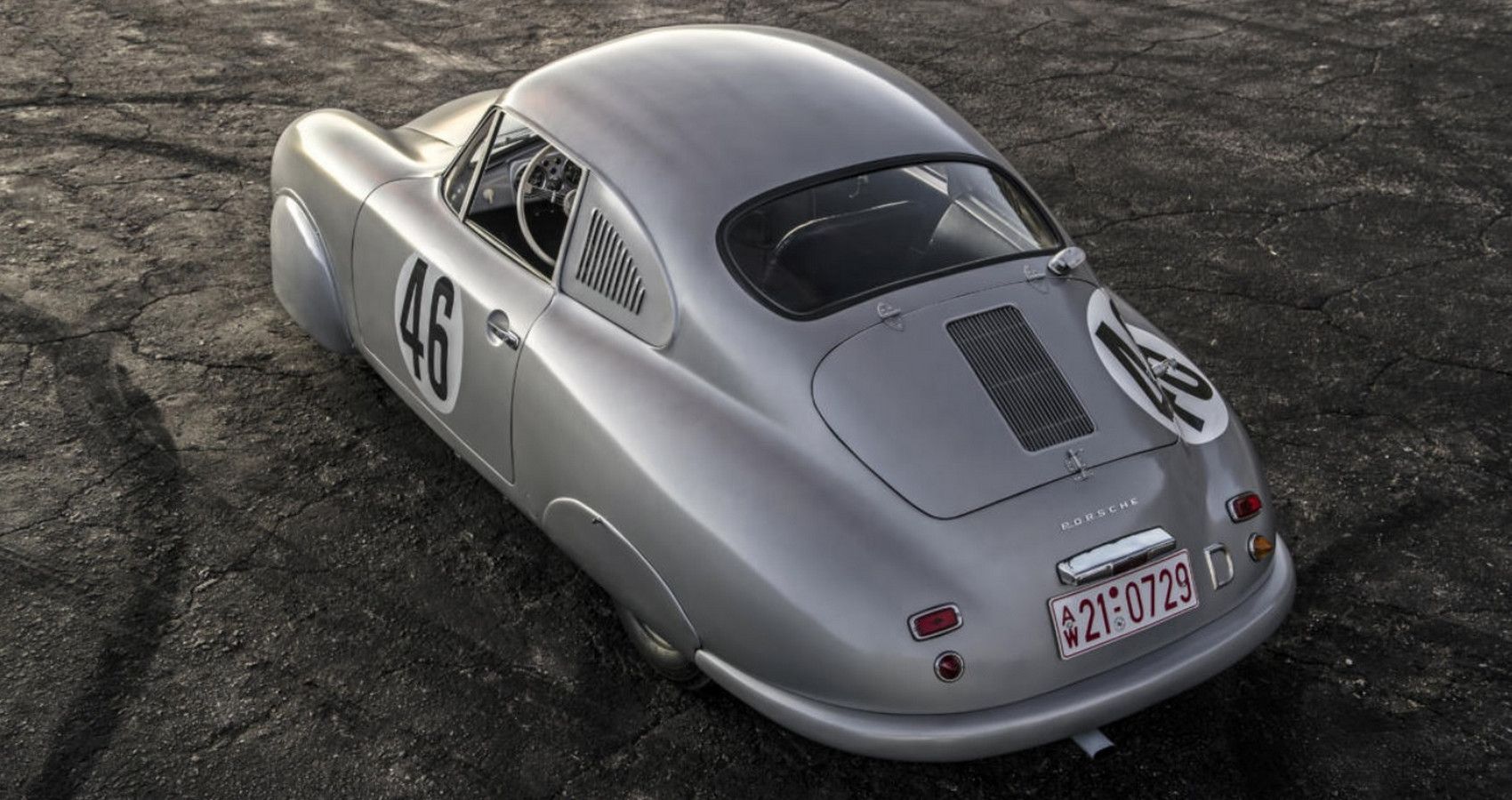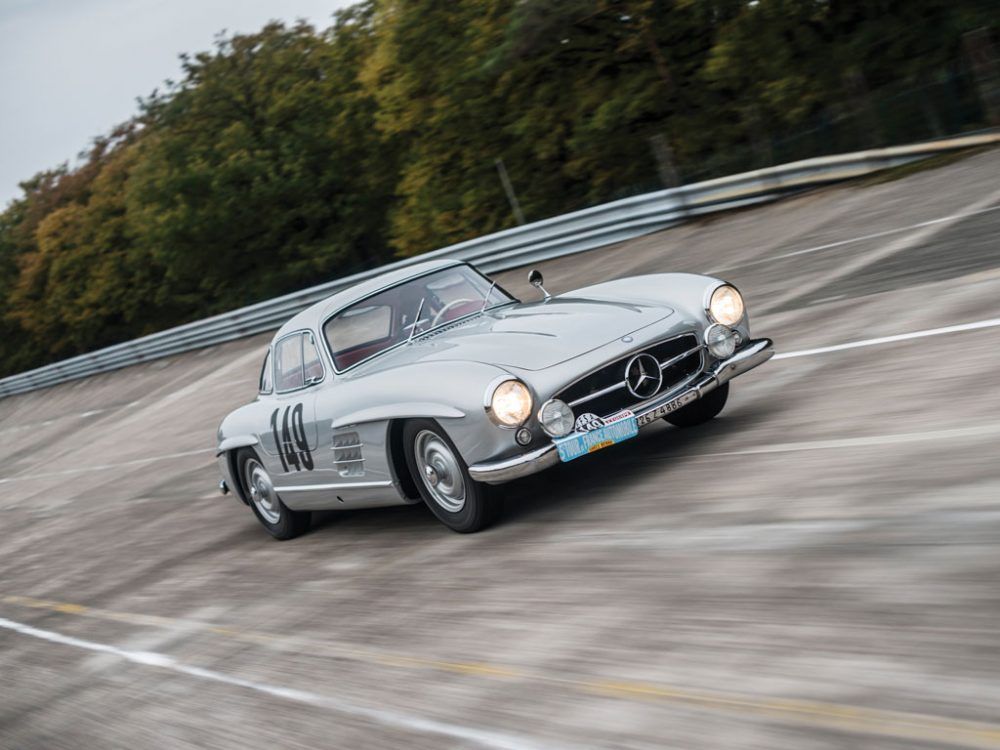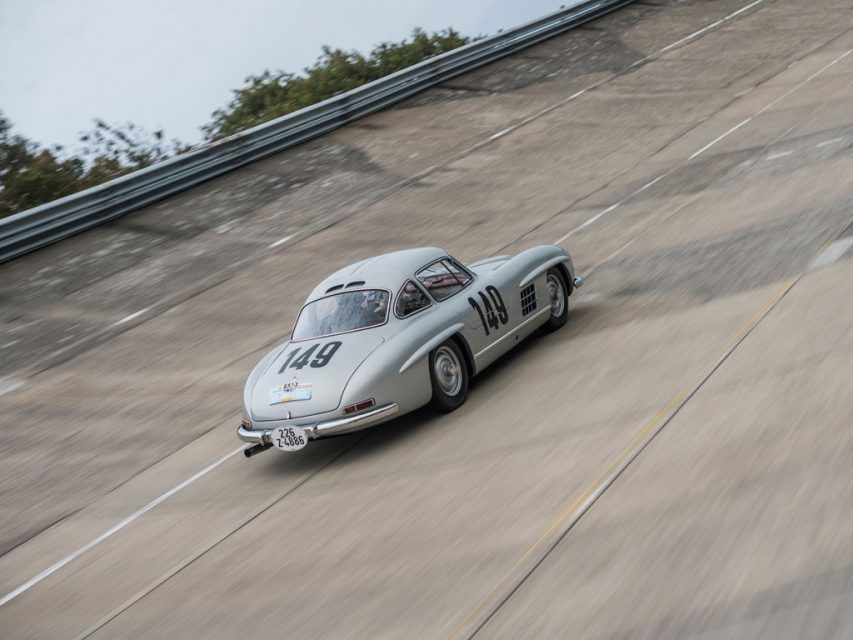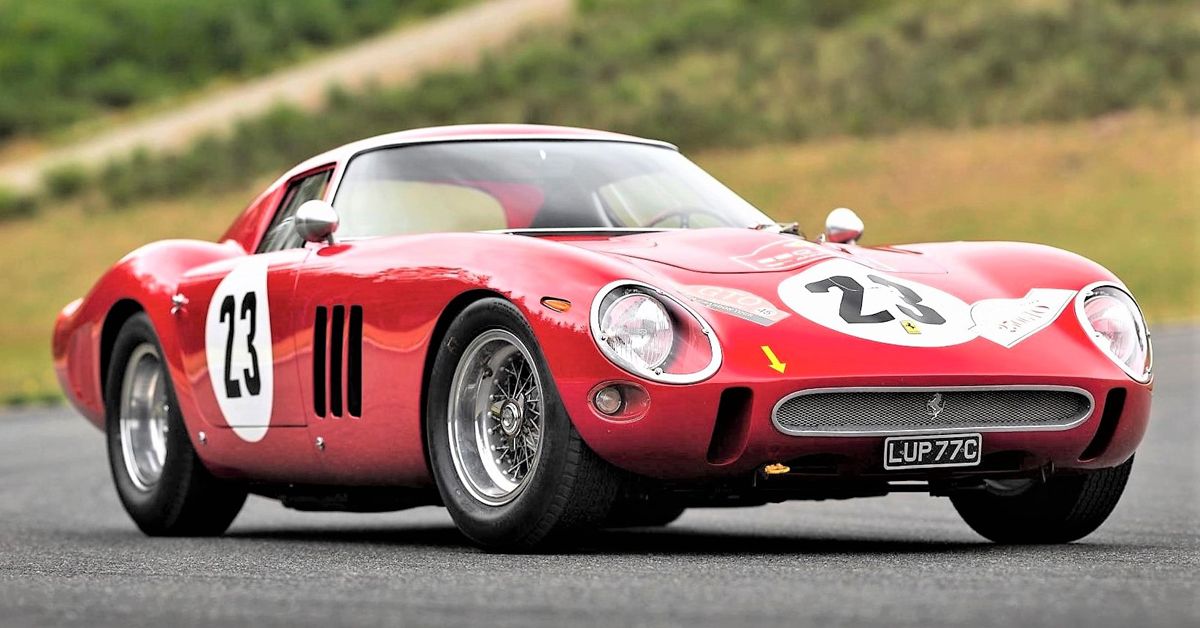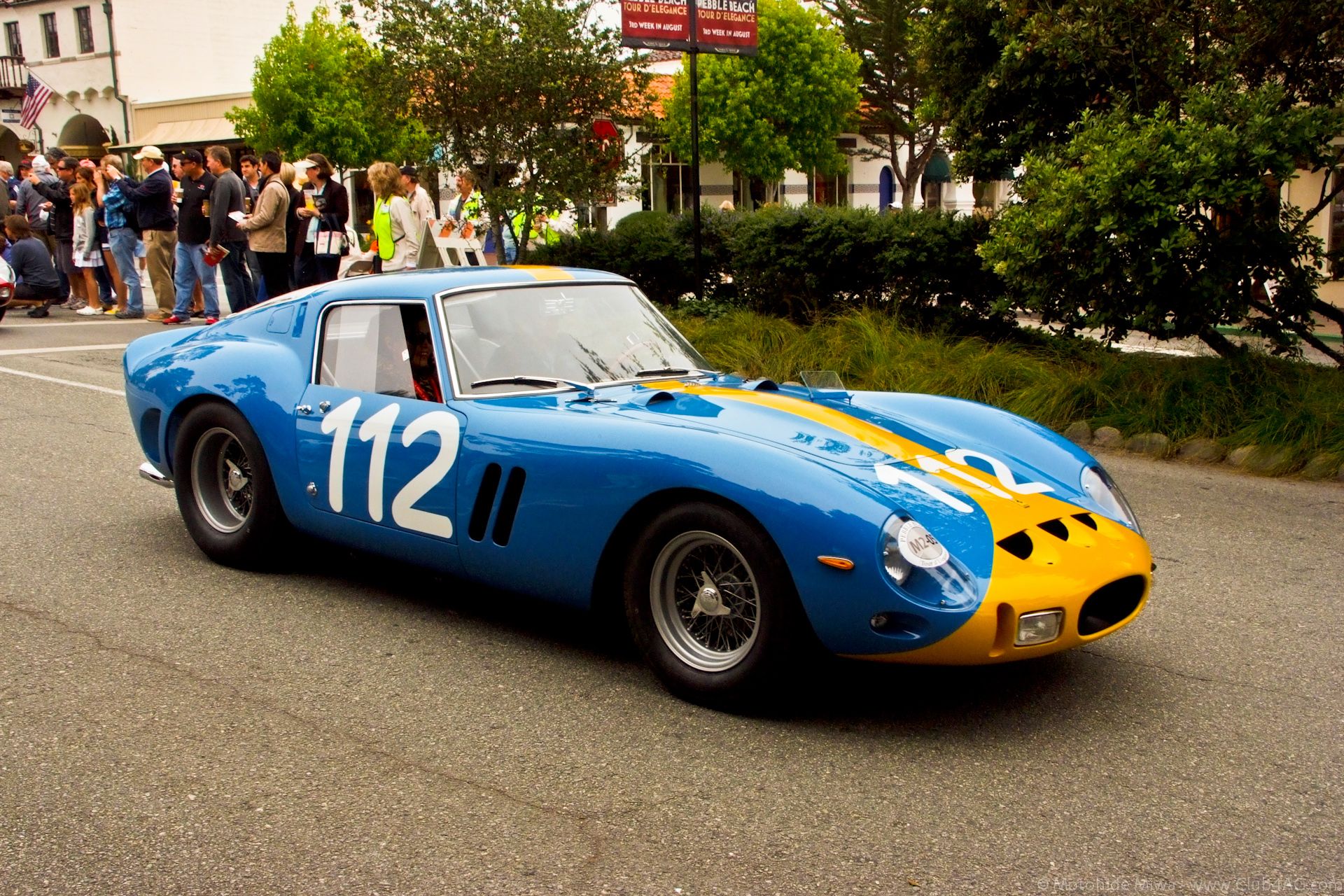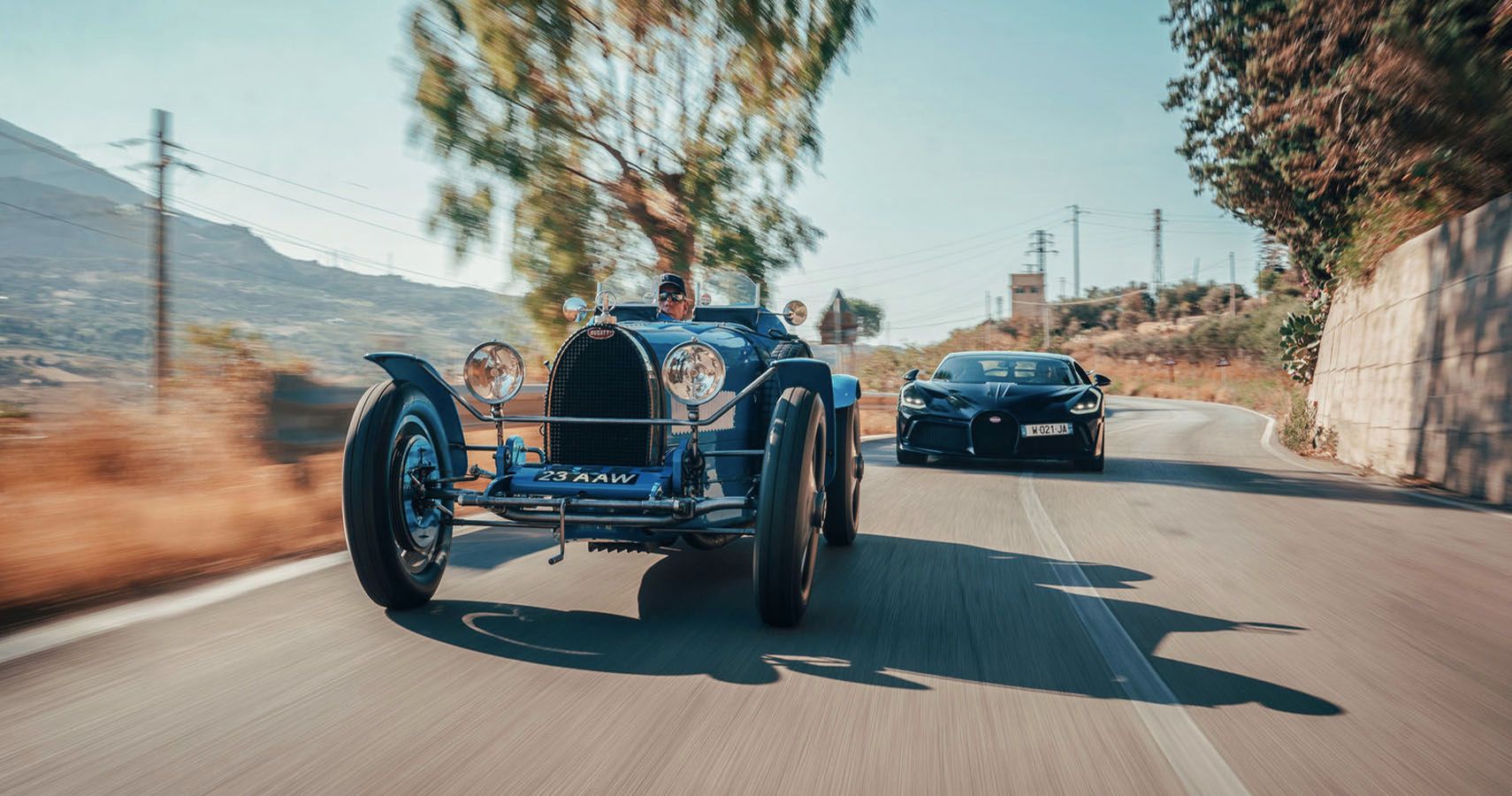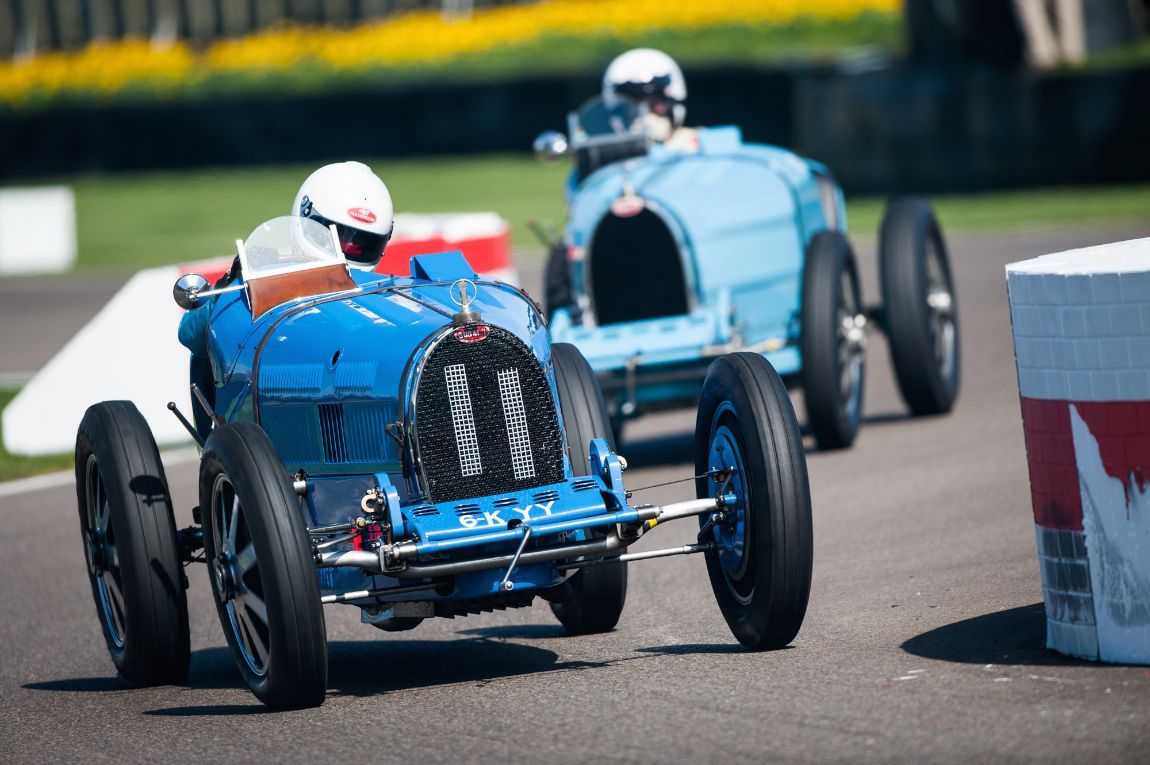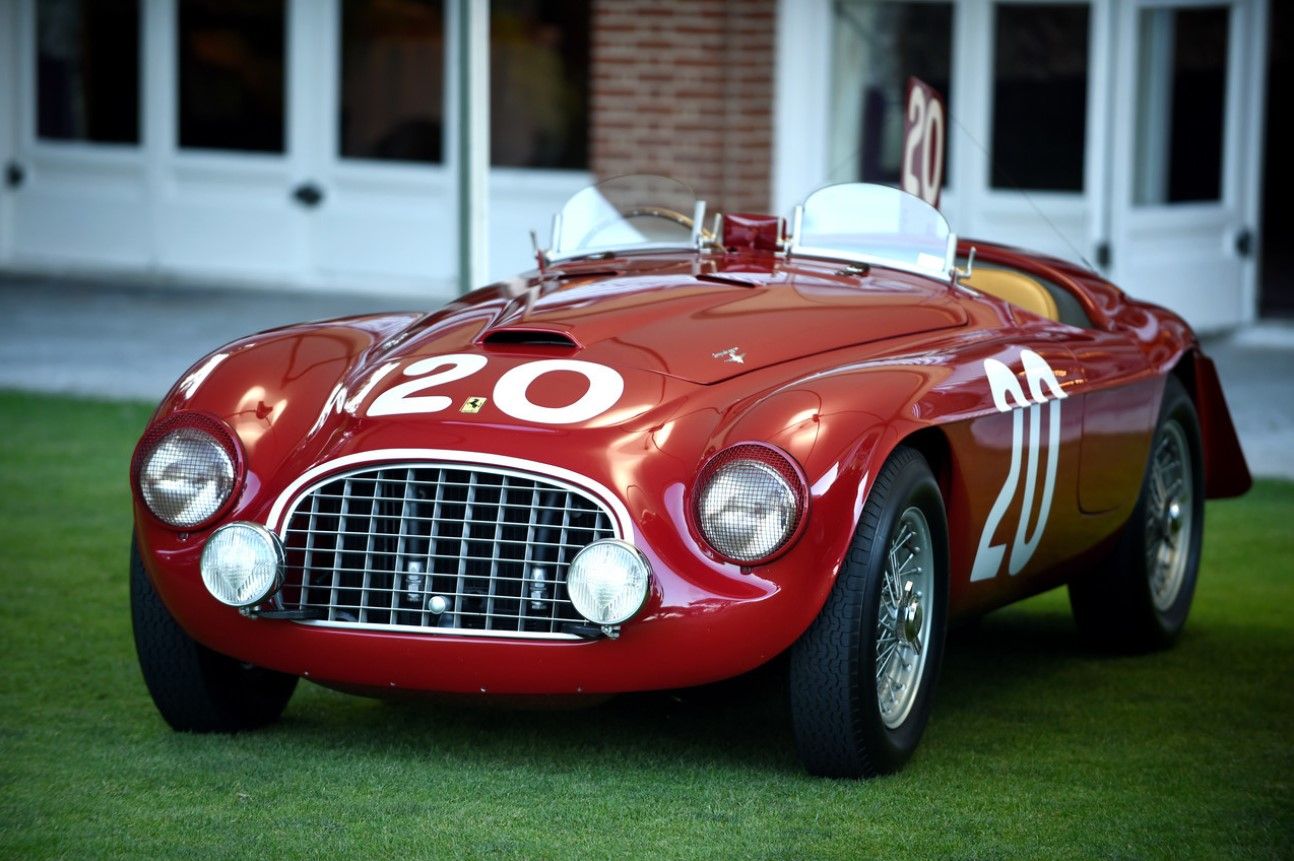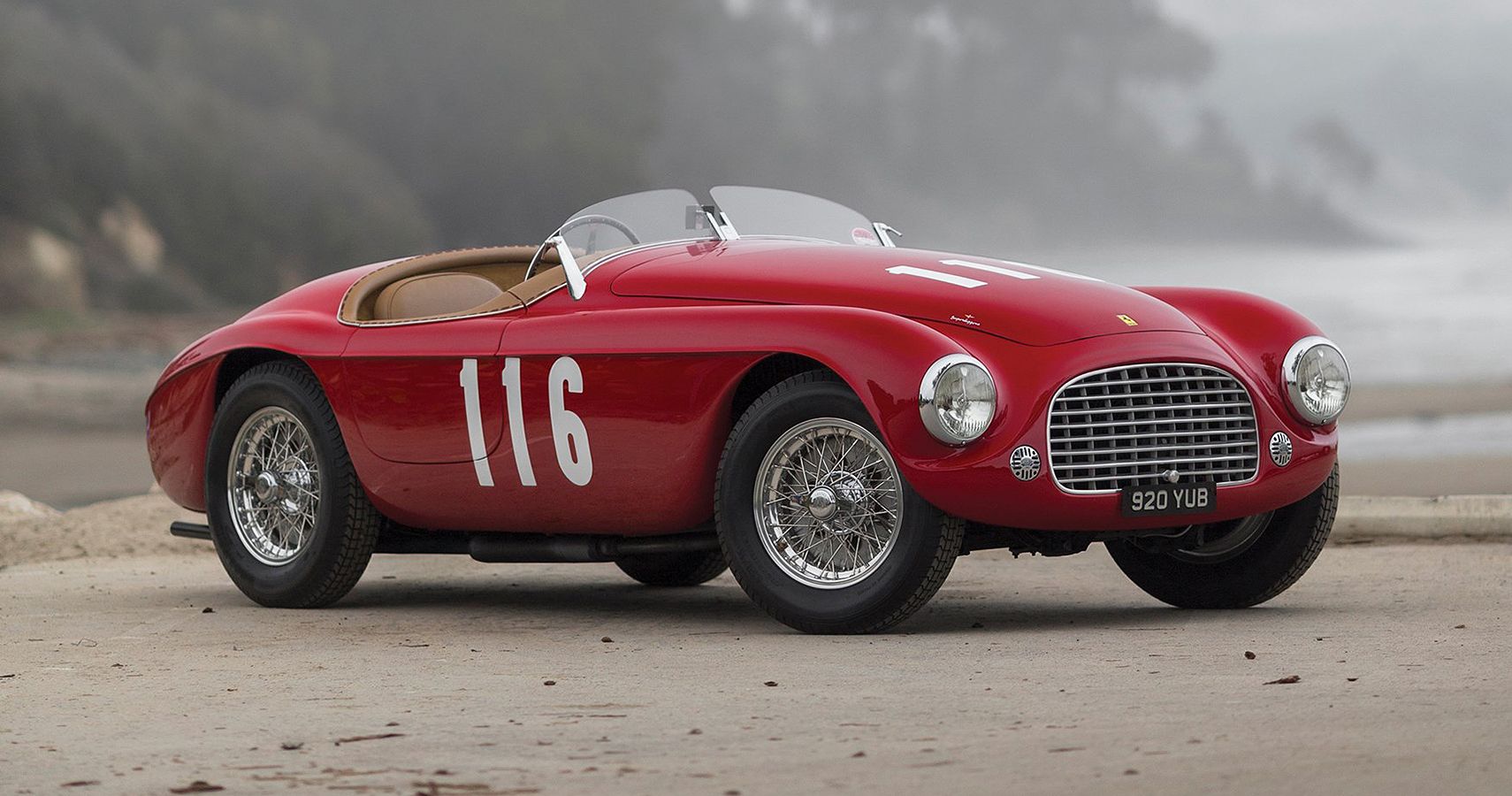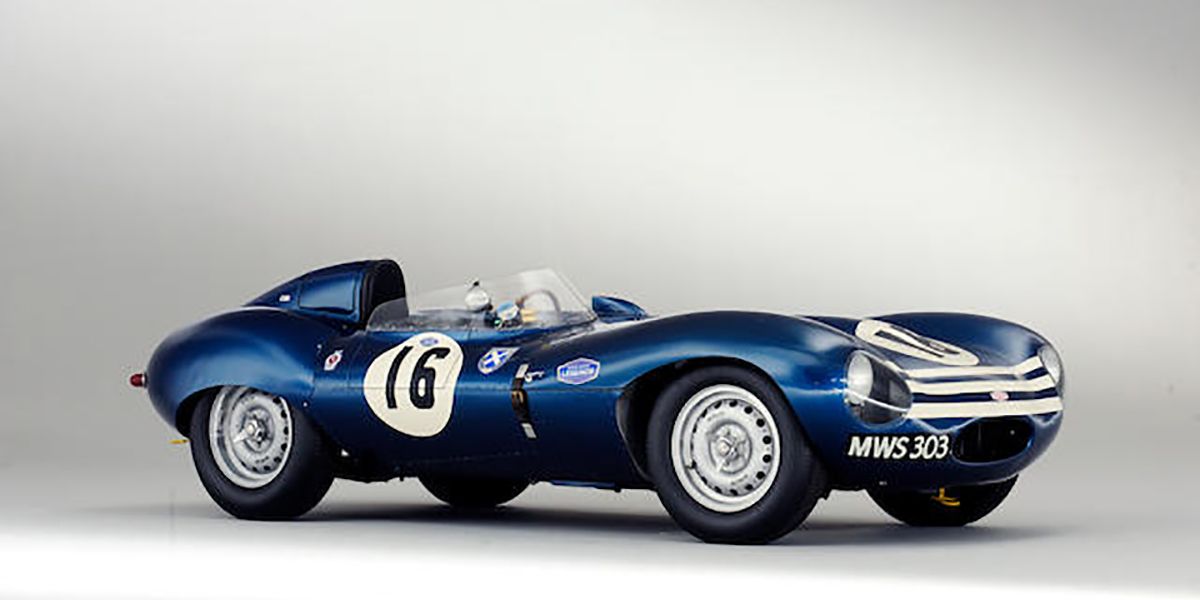Competitive sports and games have been part of the human race going back at least 3,000 BC, and as soon as the first automobile was safely on the road, humans were already thinking of ways to race against each other. The first-ever motor race, known as the Paris-Bordeaux-Paris race, happened in 1895 with 23 cars covering 732 miles, thus laying the foundation for modern motorsport competitions like Formula One and NASCAR IndyCar, and more.
With time, the automotive industry grew, and so did racing. Enzo Ferrari, the legendary race car driver and automotive maker, once expressed motor racing as a "great mania to which one must sacrifice everything, without reticence, without hesitation." Truer words have never been said, seeing manufacturers give their all in the production of race cars, with engineers pouring all the passion and dedication driven by the raw heat of competition. It's no wonder some of the most iconic and beloved classic cars in automotive history have deep racing roots. Here are some of the most incredible vintage race cars that every gearhead would love to drive.
10 Jaguar E-Type
No list of vintage cars can be complete without mentioning the car Enzo Ferrari described as being the most beautiful car in the world; this is from a man who knew his way around creating beauty. The Jaguar E-Type was also a formidable racer.
The Jaguar built the E-Type between 1961 and 1974, featuring beautiful sweeping curves which coincidentally tuned out naturally aerodynamic. Add the ultra-body made of aluminum components and a thoroughly modern chassis, and the racing spec E-Type could sprint up to 153mph. The car was highly successful in SCCA Production sports car racing.
9 Lancia Stratos
The Lancia Stratos is widely recognized as the first-ever purpose-designed rally car. It is one of the best four-wheeled examples featuring the wedge shapes introduced by design house Gruppo Bertone's legendary designer Marcello Gandini. The same man who invented Lamborghini's scissor-style doors. The Lancia Stratos featured a flying saucer shape in a form follow function design, whose performance helped change the face of rallying forever.
Powered by a Ferrari Dino's V6, the Lancia Stratos won the WRC Manufacturer's Championship from 1974 to 1976, among other competitions totaling 80 wins in the mid-70s. Any gearhead would love to drive a car that helped pave the way for the legendary B-rallying cars of the 80s.
8 Ford GT40
In the early 60s, Ferrari ran away with every Le Mans race thrown its way until the Ford GT40 succeeded in curtailing the dominance, winning three consecutive years from 1966. The 1966 race was more iconic because it was the first win by an American Constructor after 34 rounds of the 24 Hour of Le Mans Grand Prix.
We would love to drive the Ford GT40, which has been cited as one of the most efficient cars of its time, coming in a lightweight, aerodynamic package with an impressively low drag coefficient.
7 Ford Shelby GT350
A great pony with incredible sound. That sums up the GT350, a car that saw Carroll Shelby borrow some Cobra venom, inject it into a Mustang fastback coupe, and turn it into a road-going version of a NASCAR stocker. The most glaring difference from the standard Mustang was the double blue stripes on the white finish.
It was far from a gentleman's car because it required much input to steer and brake. But for a racing driver, the Shelby GT350 was a great source of amusement, as it equipped them with everything they needed to earn a podium in SCCA's class BP racing.
6 Porsche 356 SL Gmund Coupe
The 1951 356 SL Gmund Coupe is considered the grandpa of all Porsche race cars, seeing it was the first Porsche designed purposefully for racing. It was also the German automaker's car to win in the 24 Hours of Le Mans. Invited by the race organizers, Porsche went to work, putting together four cars from spare aluminum versions of the early 356s.
Two were prototypes, and two were entered into the race, with only one making it after the other car crashed during practice. The sole race went on to win its category for 1.1-liter cars and came in 19th overall.
5 Mercedes SL300 Gullwing
In 1955, Mercedes modified four 300 SL Gullwings for racing. The road-going Gullwing car is famously known for its most distinctive feature, the upswinging doors. Today, it is a dream car for many car enthusiasts. On its day, it was the fastest production car with a racing performance that matched its impressive looks.
Also, we have to give a special shout to the Gullwing's close sibling, the 300SLR roadster. It is a thing of beauty and a formidable racer that won the 1955 Mille Miglia in the hands of Stirling Moss.
4 Ferrari 250 GTO
Good luck finding a Ferrari 250 GTO today to take for a spin, since the Italian marquee built just 39 examples of the exquisite race car between 1962 and 1964. They are rare pieces of engineering and are one of the most expensive and most sought-after collector's items. A 1963 model and winner of the Tour De France Automobile in 1964 sold for $70 million in 2018, thus becoming the most expensive car in the world.
The Ferrari GTO combined groundbreaking engineering, power, style, and racetrack success to make for the holy grail in the Ferrari stable in terms of recognition and value as one of the best race cars of all time.
3 Bugatti Type 35
With more than 2,000 victories collected between 1924 and 1930, the open-top Bugatti Type 35 sports cars were phenomenally successful and are undoubtedly one of the most successful racing cars. It dominated the Roaring Twenties, when Grand Prix racers were the day's heroes. It is the same car Helle Nice, the Bugatti Queen and one of the most influential women in motorsport, competed in and built her name.
The Bugatti Type 35 was designed, engineered, and crafted to be driven hard. With a top speed of 130mph and weighing just 1680 pounds, it united many racing talents in the early years of motorsport and is the most successful Bugatti of all time.
2 Ferrari 166MM Barchetta
Ferrari considers the 166 MM Barchetta the most significant Ferrari ever, which is a big deal. In 1949, the car won the three most famous races in the world, thus announcing Enzo's young company to the world. During its reveal at the 1948 Turin Motor Show, critics were impressed with its beautiful curves and delicate lines.
But it was the car's sporting achievements that would win everyone over, with two Ferrari 166 MM sweeping a 1-2 finish at the iconic Mille Miglia, a track from which it derives its acronym. It then went on to win the 24 Hours of Le Mans and the Spa 24 Hours to cement the prancing horse's place in the world of motorsport.
1 Jaguar D-Type
Before the beautiful E-Type came along, the D-Type was a successful racer built between 1954 and 1957. It is more notable for Jaguar implementing cutting-edge aircraft technology ahead of its time to result in the asymmetrically finned, elongated flying saucer. It came after Jaguar had won the 24 Hours of Le Mans in 1951 and 1953 with the C-Type. No pressure, seeing it took home three straight wins between 1955 and 1957.
Jaguar also sold a short production run of the Le Mans legend, with 51 examples to privateer racers in 1955.

